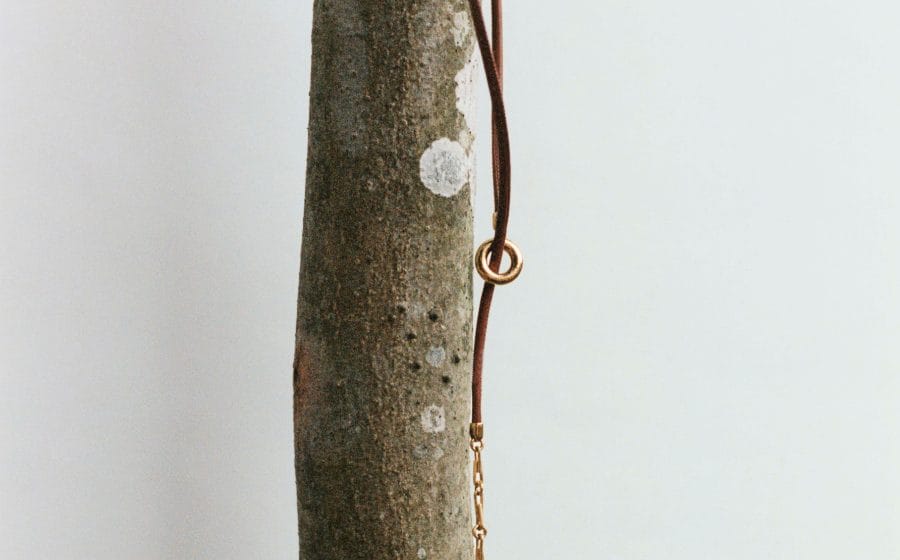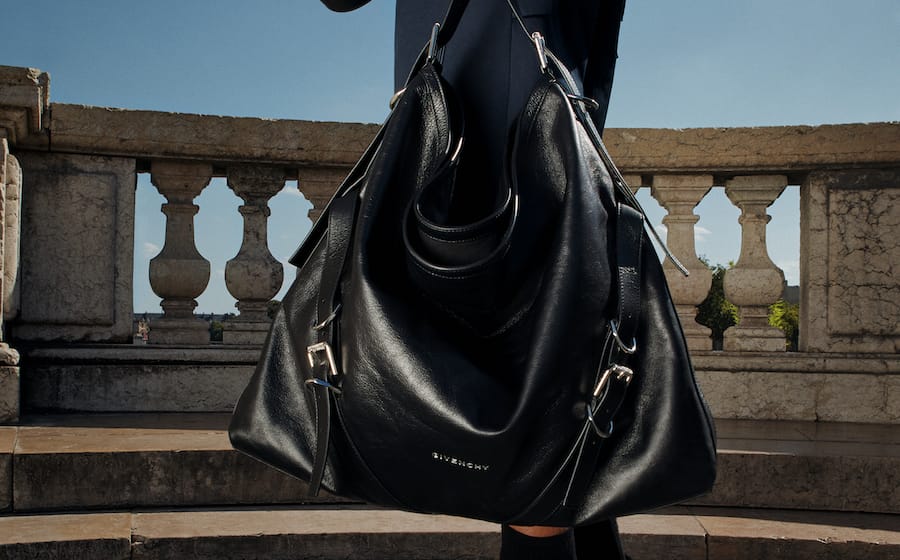Individuality is precious. We celebrate it. We search for it. We define it with differences, set upon a backdrop of seeming sameness. But difference is not all rainbow and butterflies; it is a zero-sum game. The respect and clout achieved by establishing individuality is a perceived win, but we all know that there can never be winners without losers.
Individuality in the fashion world is ultimately bound by trends, which are re-interpreted and made novel with creative expression and flair. The emphasis of trends in fashion means that we are constantly bombarded by catchwords designed to reflect what is on the runway and what should be on our bodies. Hype, street, athleisure, statement, woke, forward, gender-neutral … the list could continue, but this writer runs the risk of galvanising the “hopeless millennials”. The point here is that words in the fashion world are quick to achieve an overused status, but some bear deeper implications than simply becoming humdrum.
One of those words that sits uneasily in the vocabulary is “weird”. Now, the English language might be common, but the meanings of its words hardly are. The word has deviated far from its “unearthly” trajectory since Macbeth to become something that is now lauded in the fashion world. It is a terse way to label thinkers outside the proverbial box, trailblazers whose dust we breathe in, and the lion-hearted experimenters. Cue Coco Chanel who bestowed women with the greatest gift of all – pants. On the other hand, Prince made high heels, slinky silk suits, and a coiffured moustache look sexy on males. It was weird then, but brilliant now. “Weird” has also become a word integral to the conversation of diversity and self-love, where we toast to idiosyncrasies and get drunk on imagination.
What keeps this narrow definition of weirdness in motion is the degree of non-conformity and our fascination for subcultures. Today, it has incentivised streetwear with run-off-the-mill labels Gypsy Sport, Anti Social Social Club, and Lazy Oaf, and spurred the burgeoning appeal of genderless wear. i-D’s recent video of Instagram sensation Jazzelle Zanaughtti (aka @uglyworldwide) exploring themes of beauty and self-transformation emphasised how the gender-bending model and her community have managed to thrive off the eccentricities that held them down in the first place. It was basically a flip-off to the fashion world; a proclamation that there is ample room and substantial interest for “alternative” people with offbeat aesthetics.
Their fearlessness is inspiring. For every million people carefully filling in their brows, there is a Zanaughtti who is shaving hers off. If society did not know it needed this sort of balls, it knows now. However, this writer cannot help but feel the tremors of an elephant entering the room. Viewing the body as a canvas means that notions of beauty are still in a dead knot with corporeality. We see that even with body modification aside, models like Winnie Harlow and Shaun Ross are regarded as pioneers of unconventional beauty. When flesh and fashion still heavily dictate our appreciation of beauty, have we really progressed in redefining it?
The glowy zero-to-hero idea of social outcasts using the power of fashion to overcome the odds is a story we all love. The media knows, and they tap on that. Media coverage is a good ol’ pat of affirmation, and such exposure has opened the gates of social acceptance for these typically disregarded, even disrespected, individuals. We love this narrative so much that we might forget that weirdness and social acceptance are mutually exclusive. One is an outcast, or an insider, but never both. Continuing to sell weirdness as a master status in the light of mass admiration is unsettling, mainly because there are those who will never make it out of that stigma and are further shunned simply because others judge and make comparisons to their “hero equivalent”.
It is beautiful when fashion transcends art and becomes second skin – an intimate part of the body, of which one has absolute control over; an organ that can withstand any quirk and habit. But fashion, and all forms of art, really, is a scarce resource, and its access is unequal. Outcasts around the world who legitimately cannot integrate into mainstream society and lack the resources to overcome it find themselves perpetually marginalised. In the midst of glorifying the alternative, we must be mindful not to trivialise it. We can never remind ourselves too often to be sensitive of how we choose to identify ourselves and who we exclude when we establish our sense of belonging.
Words by Valerie Wong








